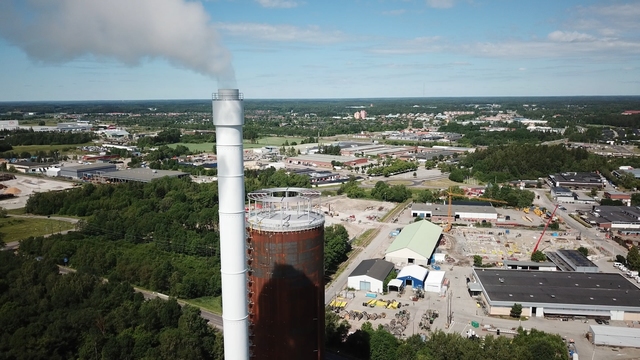To Burn Or Not To Burn?
Is Sweden's recycling and waste disposal infrastructure as robust as it claims?
 In Sweden, waste incineration plants convert excess and non-recycled rubbish into energy. The Swedish government classifies this process as recycling, but is this form of waste disposal really sustainable?
In Sweden, waste incineration plants convert excess and non-recycled rubbish into energy. The Swedish government classifies this process as recycling, but is this form of waste disposal really sustainable?
At a waste incineration plant in Västerås, Sweden, sixty tonnes of waste are burnt every hour, converting it into energy for electricity and hot water. Sweden has 34 waste-to-energy furnaces and the country makes over $100 million a year importing and burning waste from other countries. “We see it as a kind of recycling”, says Jocke Hook, who works at the Västerås plant. Yet much of the waste burnt is plastic and, as Professor Goran Finnveden explains, "if you incinerate plastic you get carbon dioxide emissions”. Indeed Joan-Marc Simon of Zero Waste Europe believes that the number of incinerators will soon fall. "We’re going to see incinerators closing down in Europe because they’re going to have less waste to burn and recycling is going to go up.”
FULL SYNOPSIS

